 |
|||||||||||||||
Over the course of the X-15 program, there were several significant milestone points which required a rollout of one of the X-15s to mark the event. The first of these occurred on 15 Oct. 1958 with the rollout of X-15 no. 1 at the North American Aviation Los Angeles Division facility. |
||
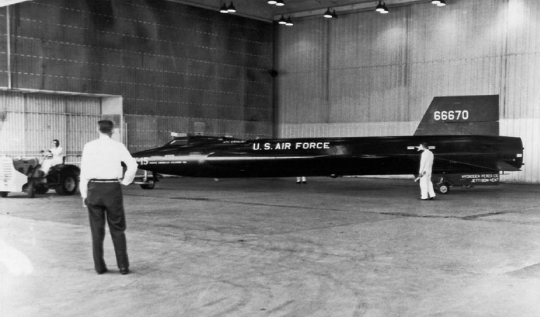 |
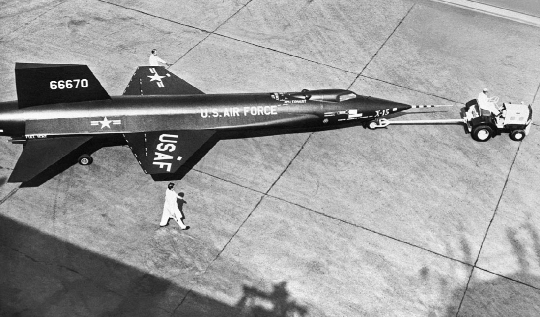 |
|||
Inside the hangar at North American Aviation, the X-15 is prepped for rollout. North American Aviation |
A view looking down from the top of the hangar as X-15 no. 1 rolls out on 15 Oct. 1958. North American Aviation |
|||
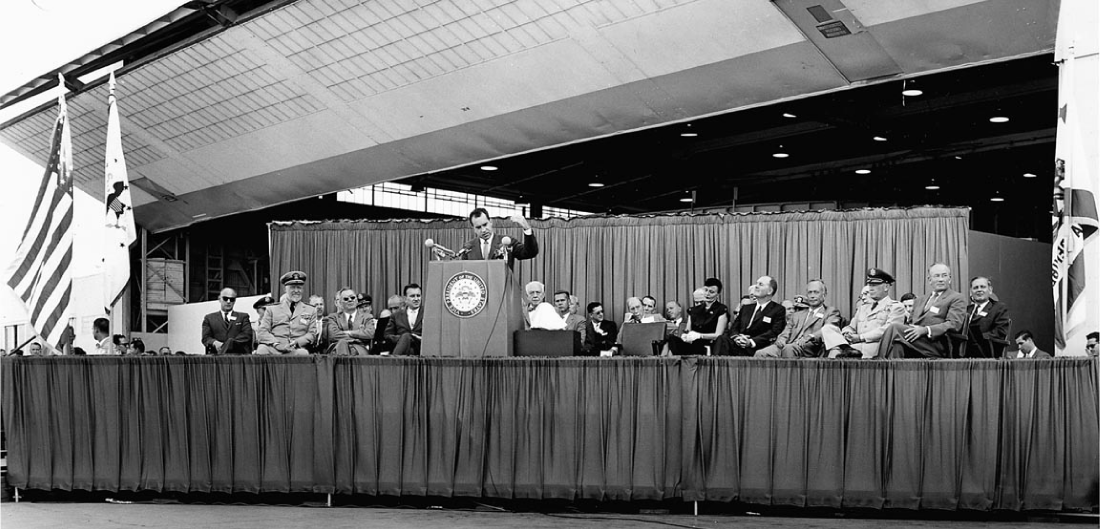 |
||
Vice President Richard Nixon, surrounded by company officials and dignitaries, unveils the X-15 at the North American Aviation plant on the morning of 15 October. "The X-15 is designed to carry man into space for the first time. It is an integral part of an orderly and reasoned space program. These pilots are men to be envied, for theirs will be the ultimate goal toward which men’s dreams have stretched for centuries. It is useless for me to cite their bravery. We can only envy them for the opportunity which is theirs." North American Aviation |
||
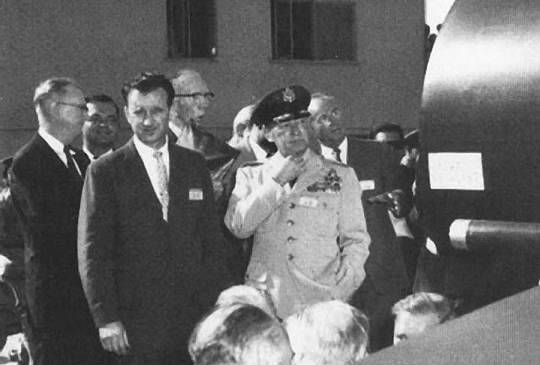 |
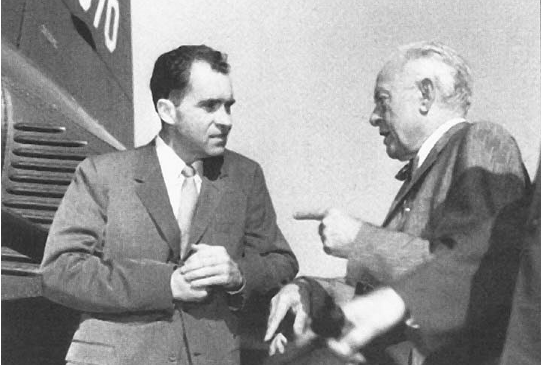 |
|||
Military and civilian brass check out the new rocket plane. North American Aviation |
Nixon discuss the X-15 with James H. "Dutch" Kindelberger, CEO of North American. North American Aviation |
|||
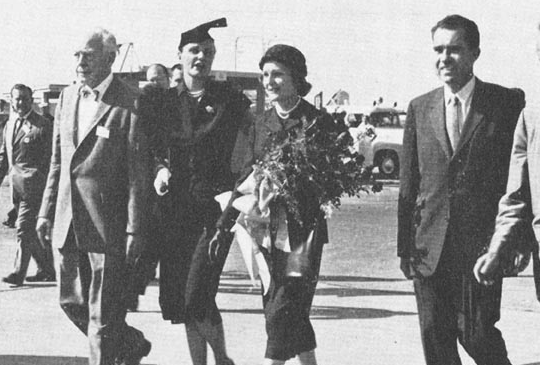 |
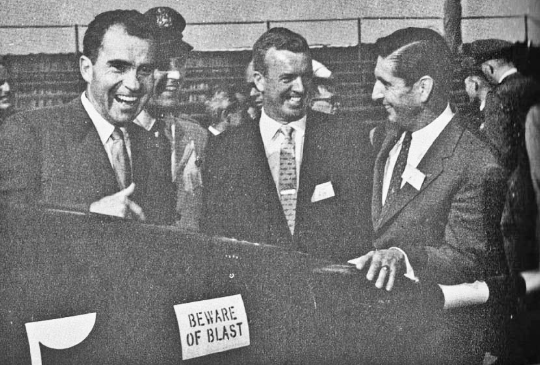 |
|||
Kindelberger and his wife Thelma, with Pat and Richard Nixon. North American Aviation |
Nixon jokes with Robert White, Joe Walker, and Scott Crossfield. North American Aviation |
|||
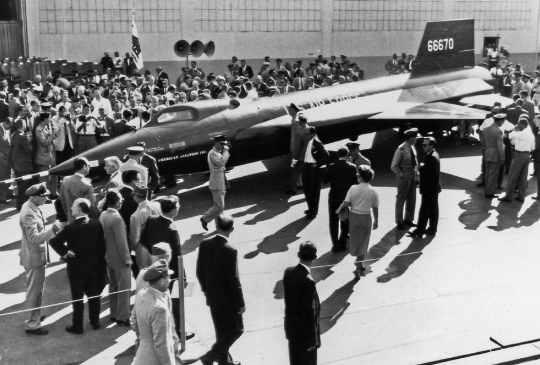 |
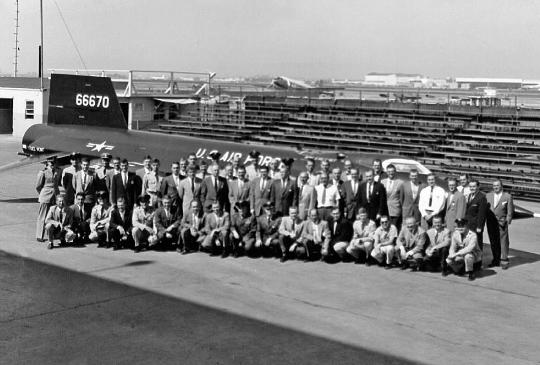 |
|||
X-15 no. 1 is surrounded by admiring guests at the rollout ceremony. North American Aviation |
The NAA crew members pose with their new rocket plane after the guests departed. North American Aviation |
|||
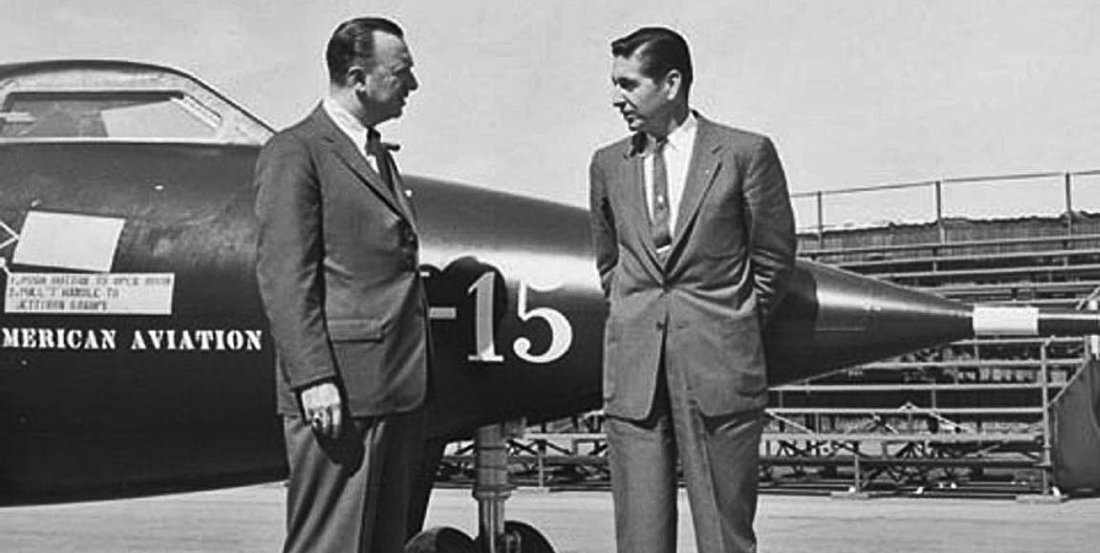 |
||
Newsman Walter Cronkite discusses the upcoming hypersonic research program with Scott Crossfield at the rollout. North American Aviation |
||
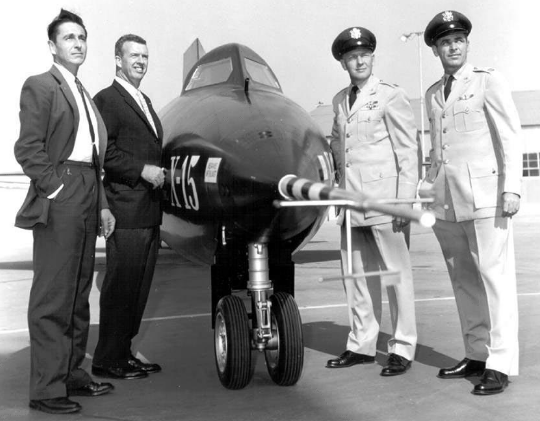 |
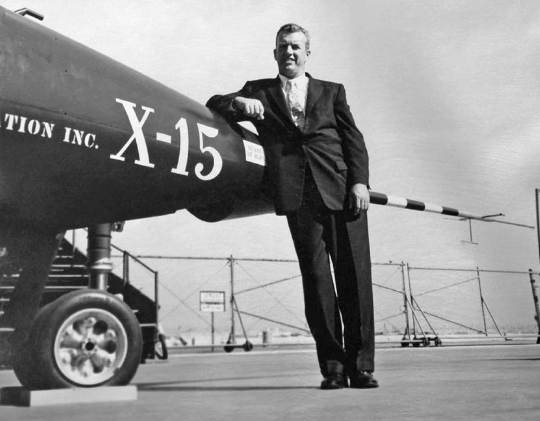 |
|||
Scott Crossfield, Joe Walker, Bob Rushworth, and Bob White pose with X-15 no. 1. North American Aviation |
Joe Walker, NASA's chief X-15 pilot, gets a moment alone with the X-15. North American Aviation |
|||
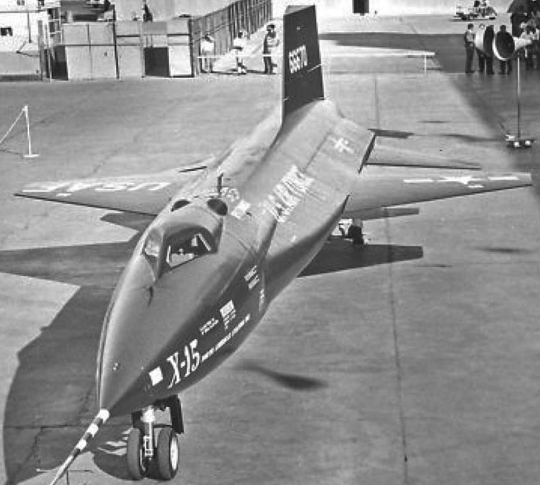 |
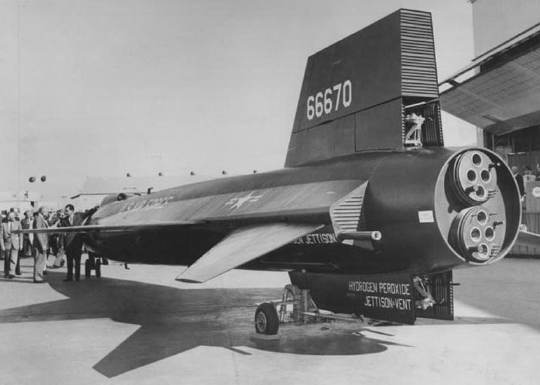 |
||||
Various angles on the X-15 after the rollout. Clockwise from left: 1) People mill about in the background. A loudspeaker is seen at the upper right. 2) Nixon stands at the nose of the X-15 with his arm draped on the cockpit. 3) As the crowds disperse, you can see the grandstands are empty and the folding chairs are being gathered behind the rocket plane 4) The crowd gathers round as the X-15 is pulled out and parked. North American Aviation |
|||||
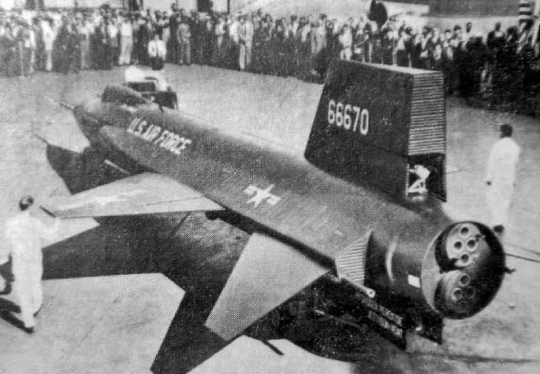 |
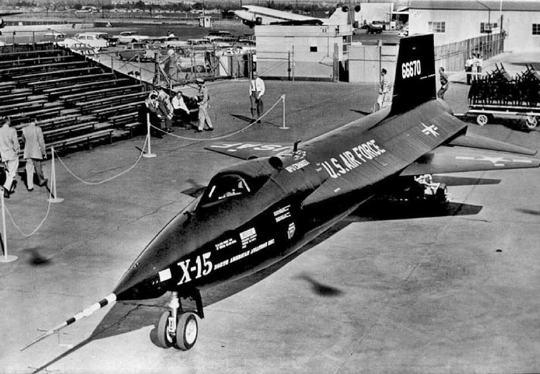 |
|||
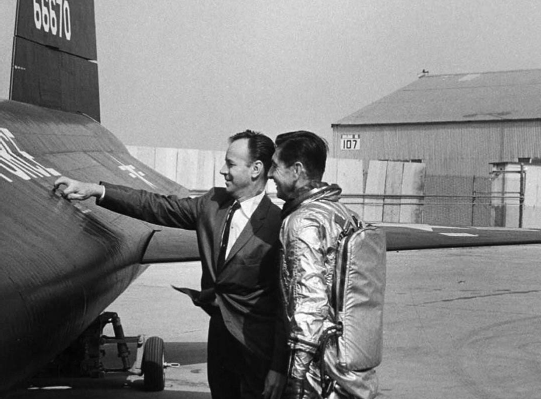 |
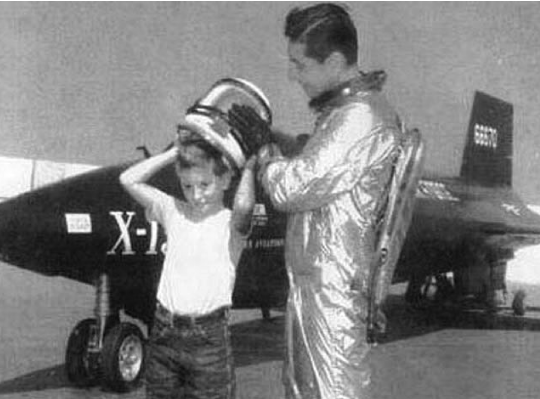 |
|||
Harrison Storms with Scott Crossfield after the rollout. North American Aviation |
Crossfield's son, Tom, tries on his father's pressure suit helmet. Sally Crossfield Farley collection |
|||
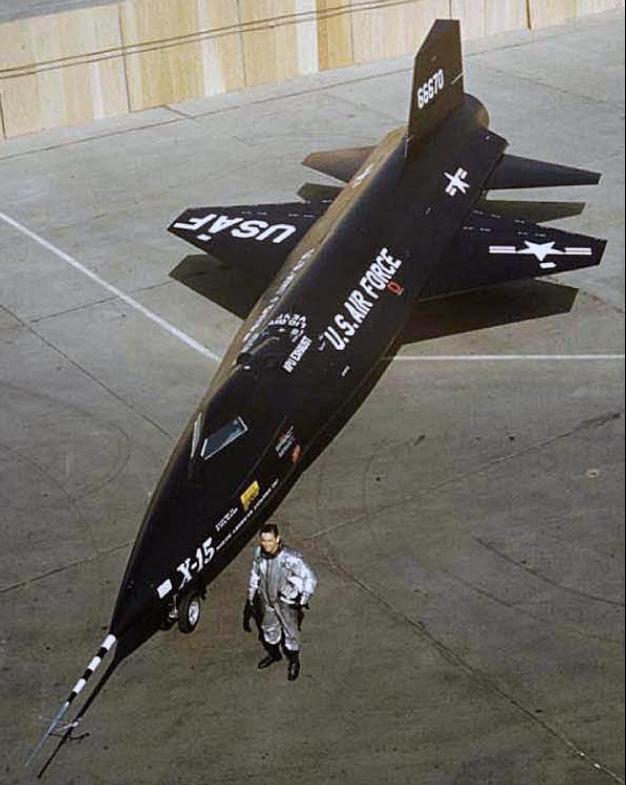 |
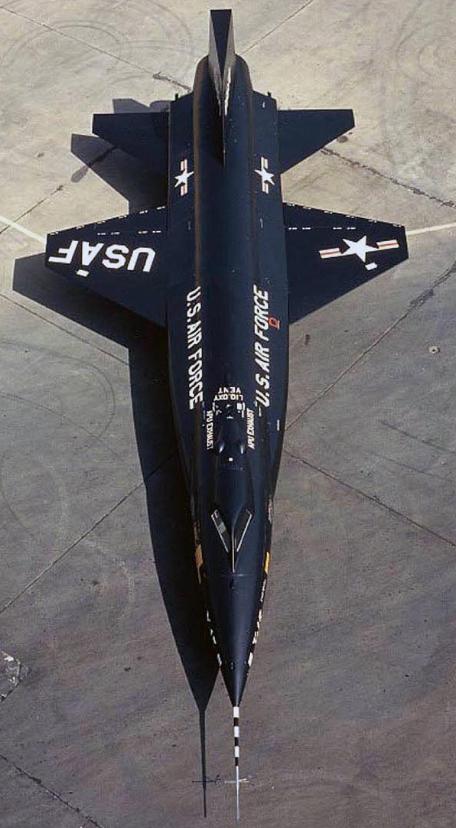 |
||||
Once the crowds cleared, Scott Crossfield poses with the first X-15. And a series of portraits of the X-15 for Life magazine. North American Aviation, Robert L. Schrader, NAA Industrial Photographer |
|||||
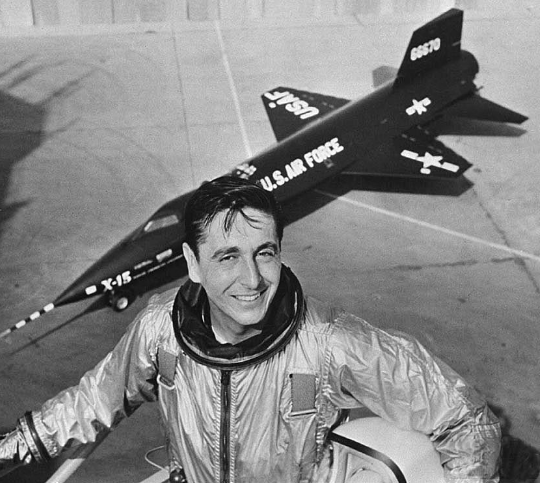 |
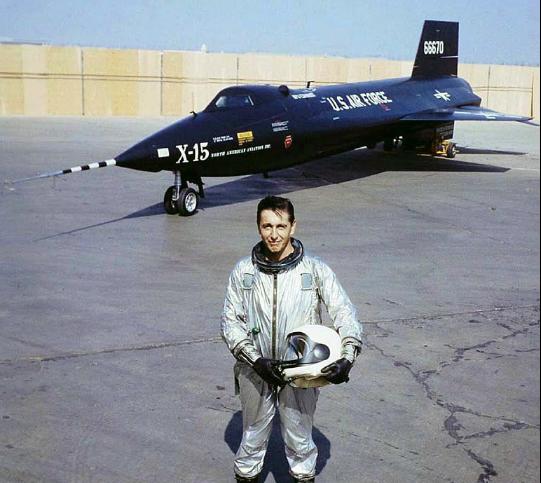 |
|||
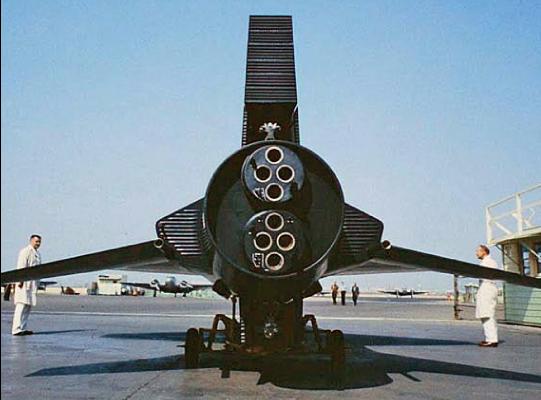 |
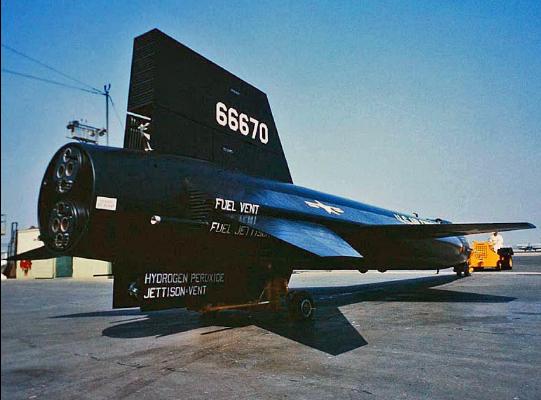 |
|||
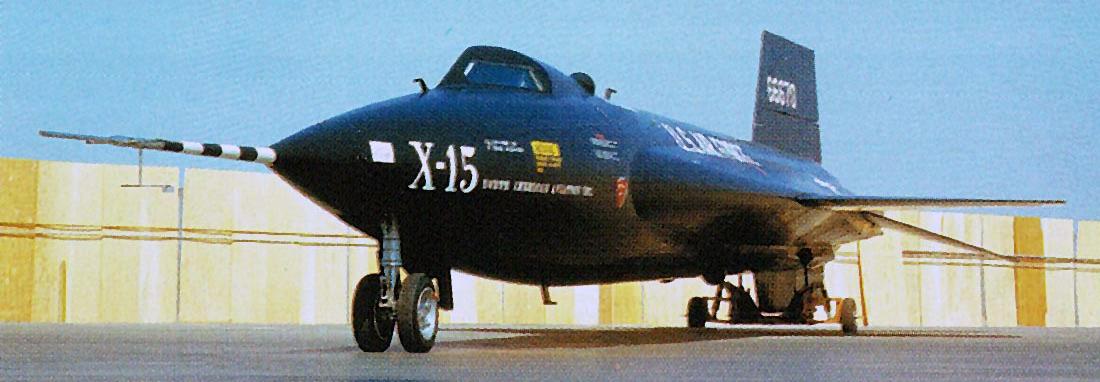 |
||
— Arrival of X-15 no. 1 at Edwards AFB — |
||
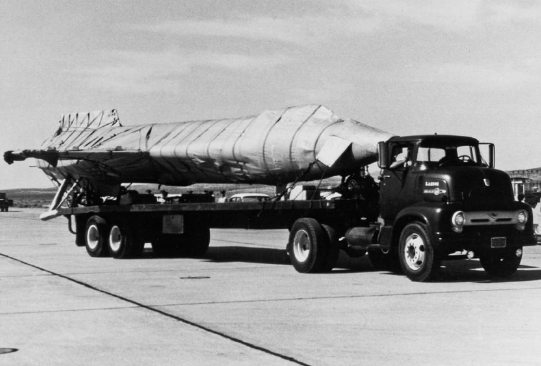 |
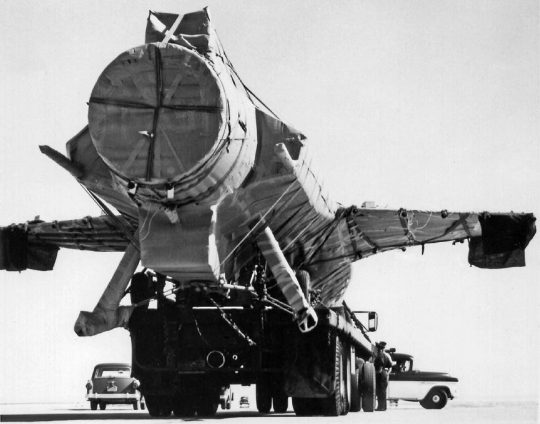 |
|||
X-15 no. 1 was wrapped up like a Christmas present for delivery to the Flight Research Center. It was transported late at night from the NAA plant in Los Angeles, overland through the Antelope Valley, and on to Edwards AFB. It arrived on 17 Oct. 1959. Armstrong Flight Research Center |
||||
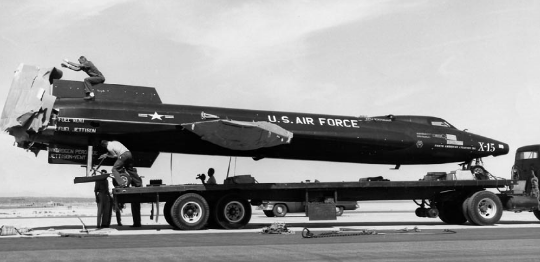 |
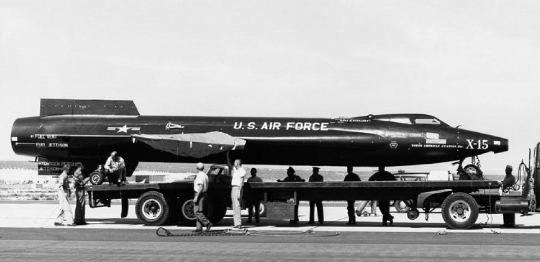 |
|||
After arrival, no time was wasted in getting the brown paper packaging peeled away. Future transports only used strategic padding, rather than a complete wrap. Armstrong Flight Research Center |
||
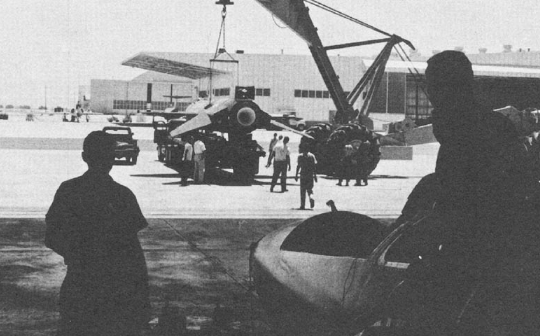 |
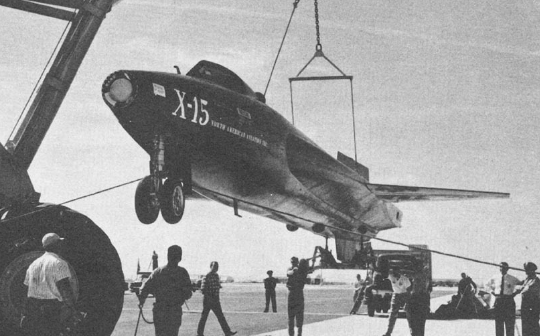 |
|||
Waiting in the wings, NASA guys watch as the X-15 is unloaded from the flatbed. Armstrong Flight Research Center |
The 3-point hoist lifts the X-15 from the truck and prepares to place it on the tarmac. Armstrong Flight Research Center |
|||
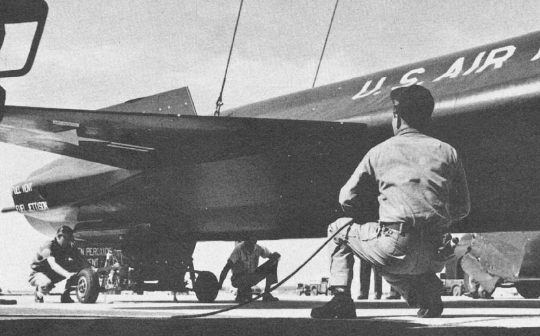 |
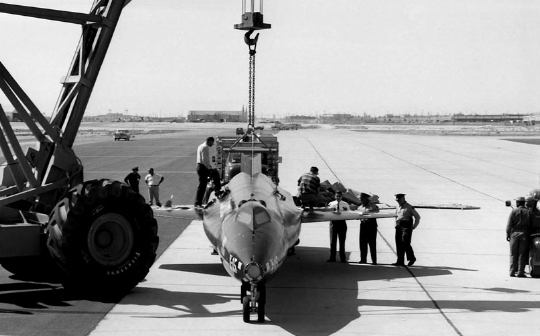 |
|||
Placing the ground handling dolly under the lower ventral, the X-15 touches down at Edwards for the first time. Armstrong Flight Research Center |
Nose-on view of the X-15 no. 1 after being securely placed on the ground. Technicians check out everything to make sure it didn't get any scrapes along the way. Edwards History Office |
|||
— Rollout of X-15 no. 2 — |
||
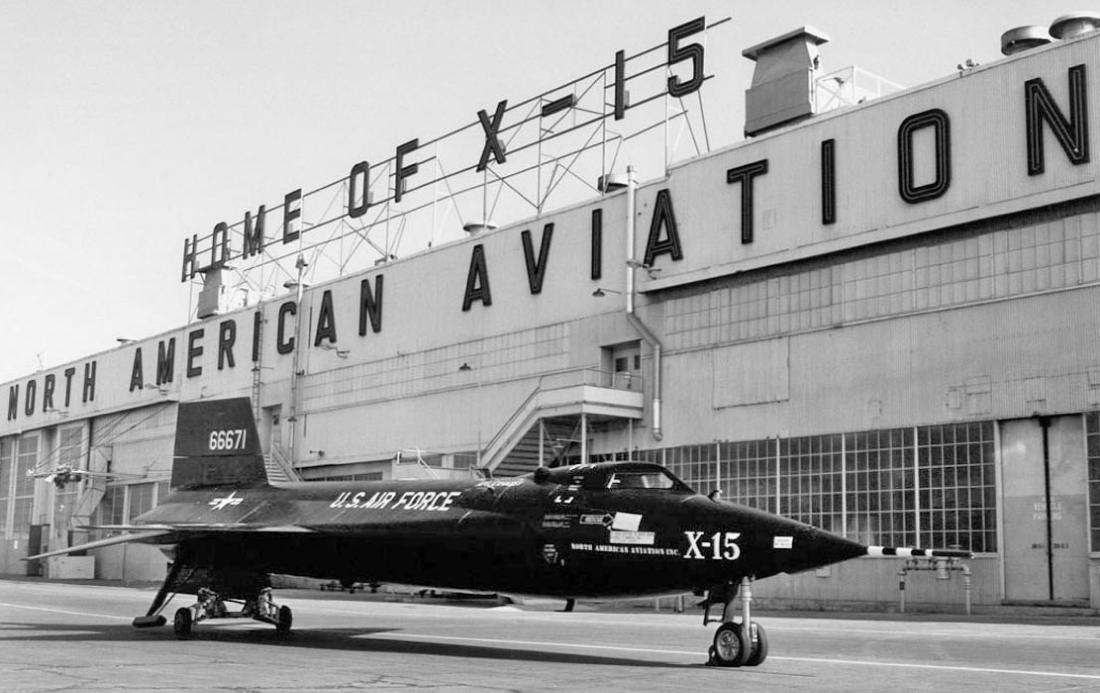 |
||
Rollout day for X-15 no. 2 on 27 Feb. 1959. This aircraft would be the first to fly under rocket power on 8 Jun. 1959. North American Aviation |
||
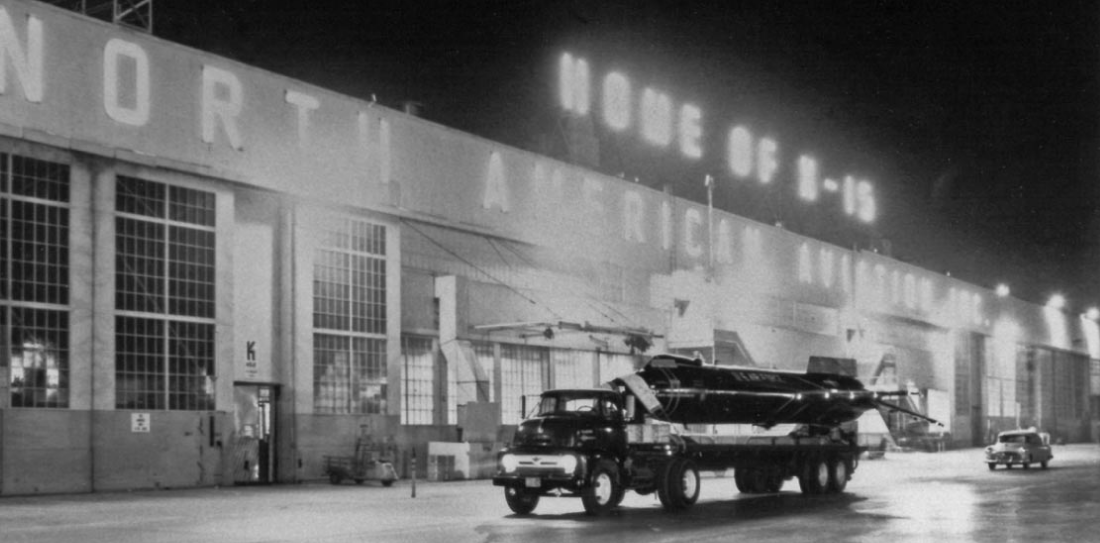 |
||
X-15 no. 2 packed up and ready to roll up the Los Angeles highway system to Edwards AFB. (Note that there are no known photos of the initial rollout and transport of X-15 no. 3.) North American Aviation |
||
— Exit North American Aviation, Enter NASA — |
||
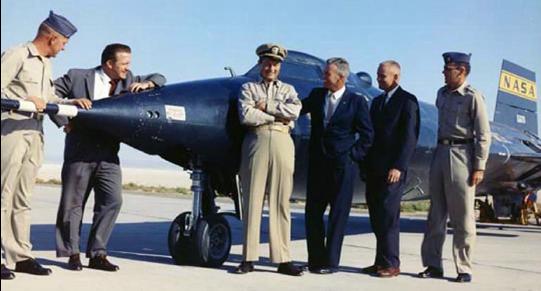 |
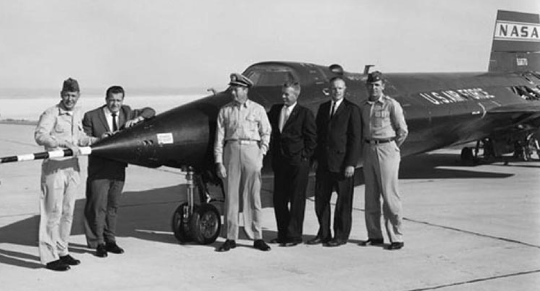 |
|||
X-15 no. 1 was turned over to NASA in early 1960, as North American testing was limited to X-15 no. 2 at that point, and X-15 no. 3 was not yet ready to fly. NASA emblazoned the upper vertical tail of the aircraft with a bright yellow logo to let the world know who was in charge. Joe Walker flew the first NASA flight on 25 Mar. 1960. (L-R) Robert Rushworth, US Air Force. Jack McKay, NASA. Forrest Petersen, US Navy. Joe Walker, NASA. Neil Armstrong, NASA. Robert White, US Air Force. Edwards History Office |
||
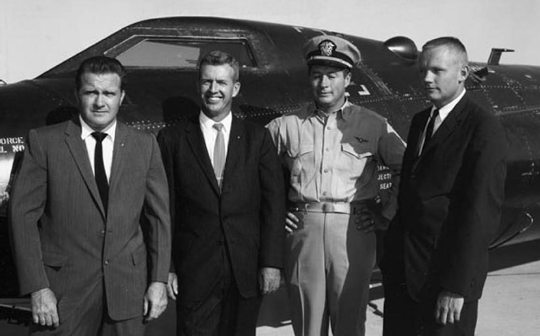 |
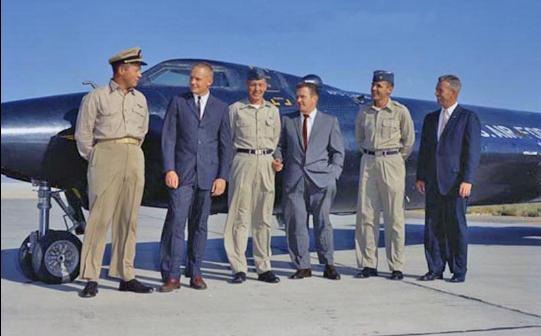 |
|||
Jack McKay, Joe Walker, Forrest Petersen, and Neil Armstrong. Edwards History Office |
Petersen, Armstrong, Rushworth, McKay, White, and Walker. Edwards History Office |
|||
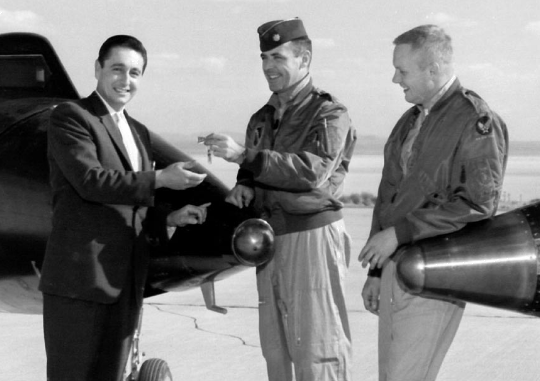 |
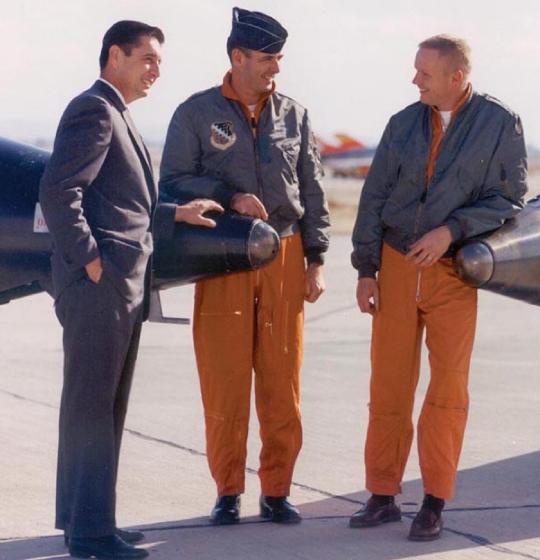 |
|||||
In December 1960, after 14 flights by Scott Crossfield to prove the viability of the X-15 and its LR-99 rocket engine, the North American Aviation contractor portion of the program drew to a close.
As seen above, Scott Crossfield ceremoniously handed over the keys to the X-15 to representatives from the US Air Force (Robert White), and NASA (Neil Armstrong). Since the X-15 did not require an actual key, it is believed the keys Scott gave Bob were his own, and that after the photos, Bob gave them right back.
This officially turned over management of the program completely to NASA (under Paul Bikle), with primary funding coming from the US Air Force. The US Navy, with pilot Forrest Petersen, was still involved with the program, but had little visibility. |
||||||
— X-15A-2 Rollout — |
||
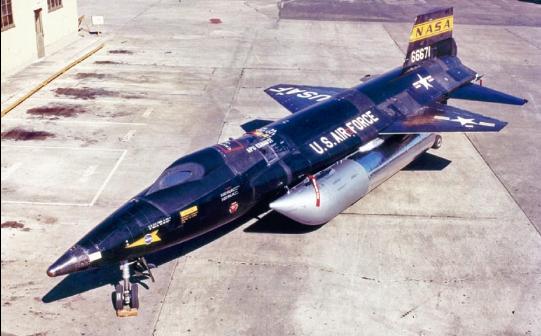 |
 |
|||
The X-15A-2, with external tanks and extended fuselage, rolls out at the NAA plant. This final official rollout of the X-15 program occurred on 15 Feb. 1964 North American Aviation |
The X-15A-2 is welcomed at Edwards on 18 Feb. 1964, three days after initial rollout. A press event was held on 24 February to celebrate and publicize the arrival. Armstrong Flight Research Center |
|||